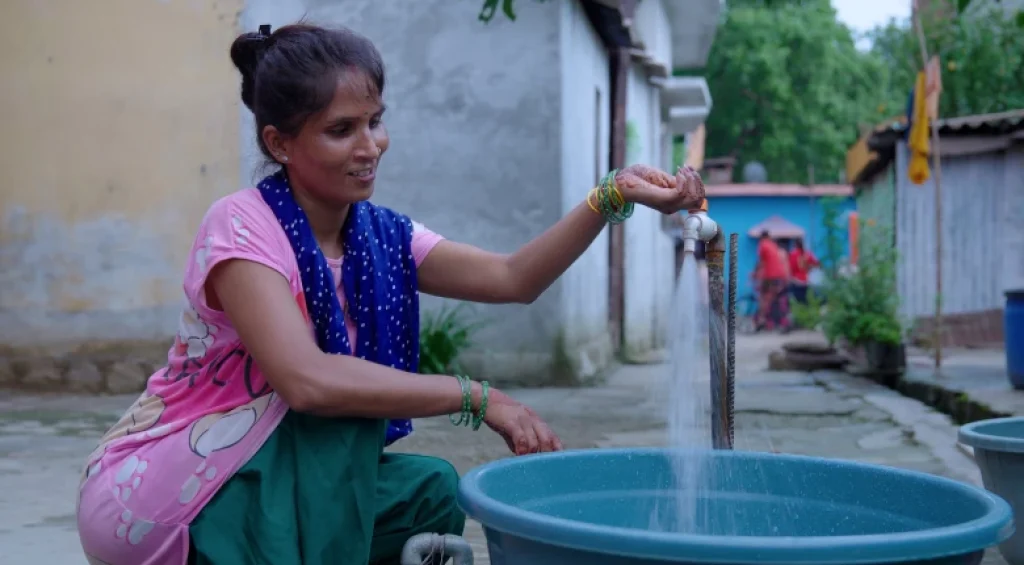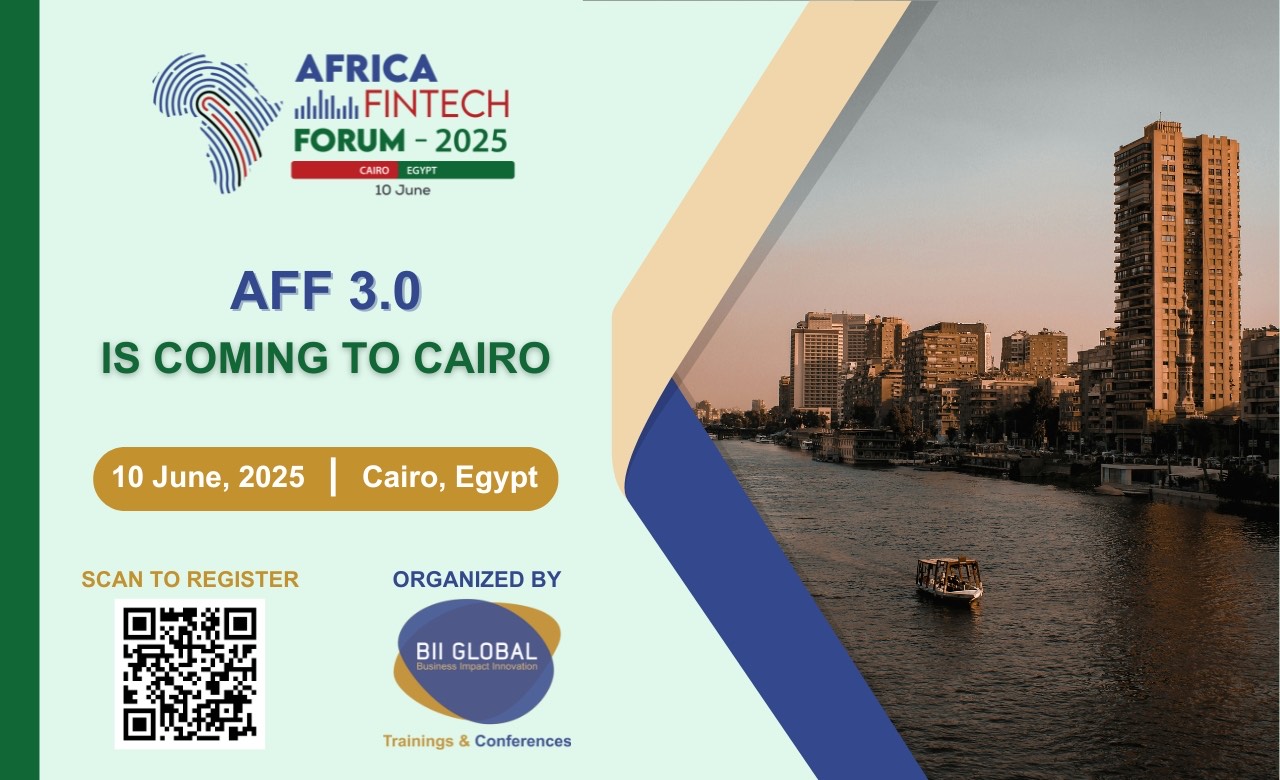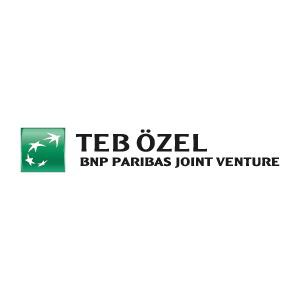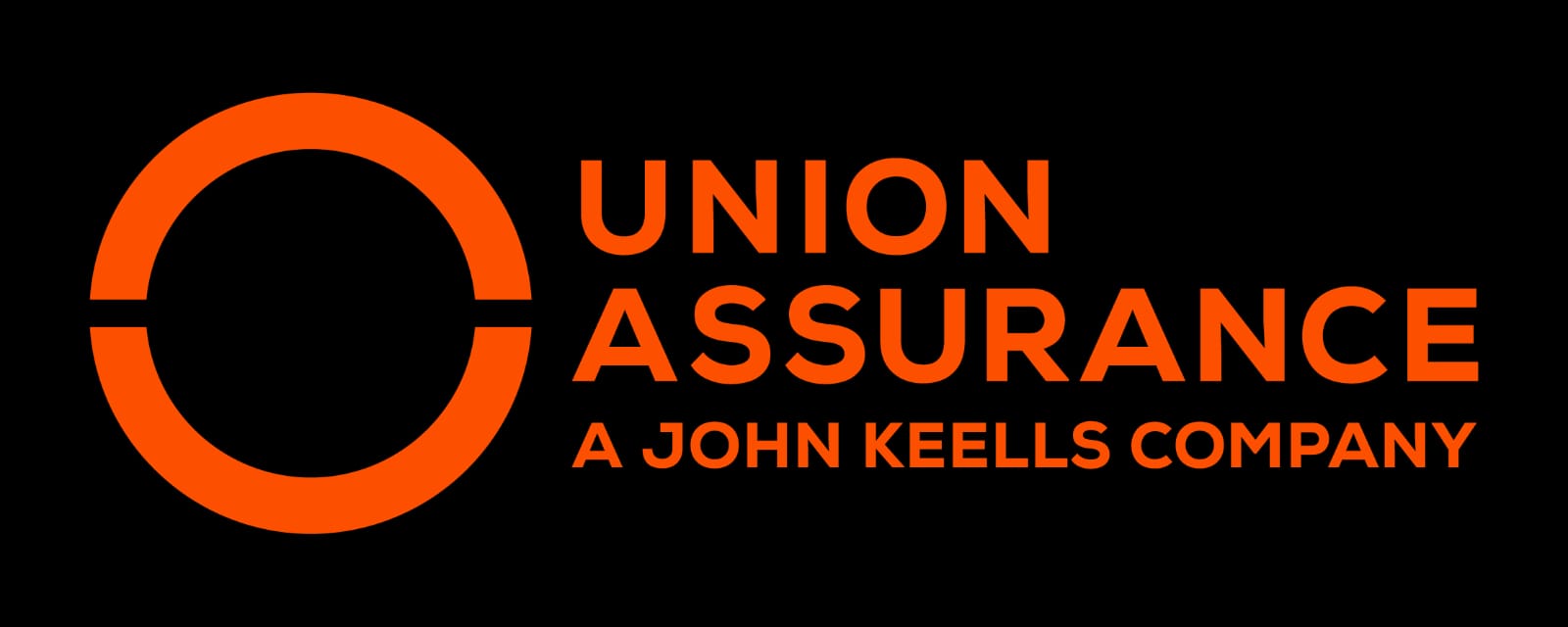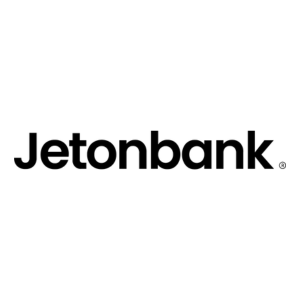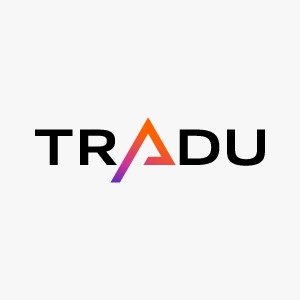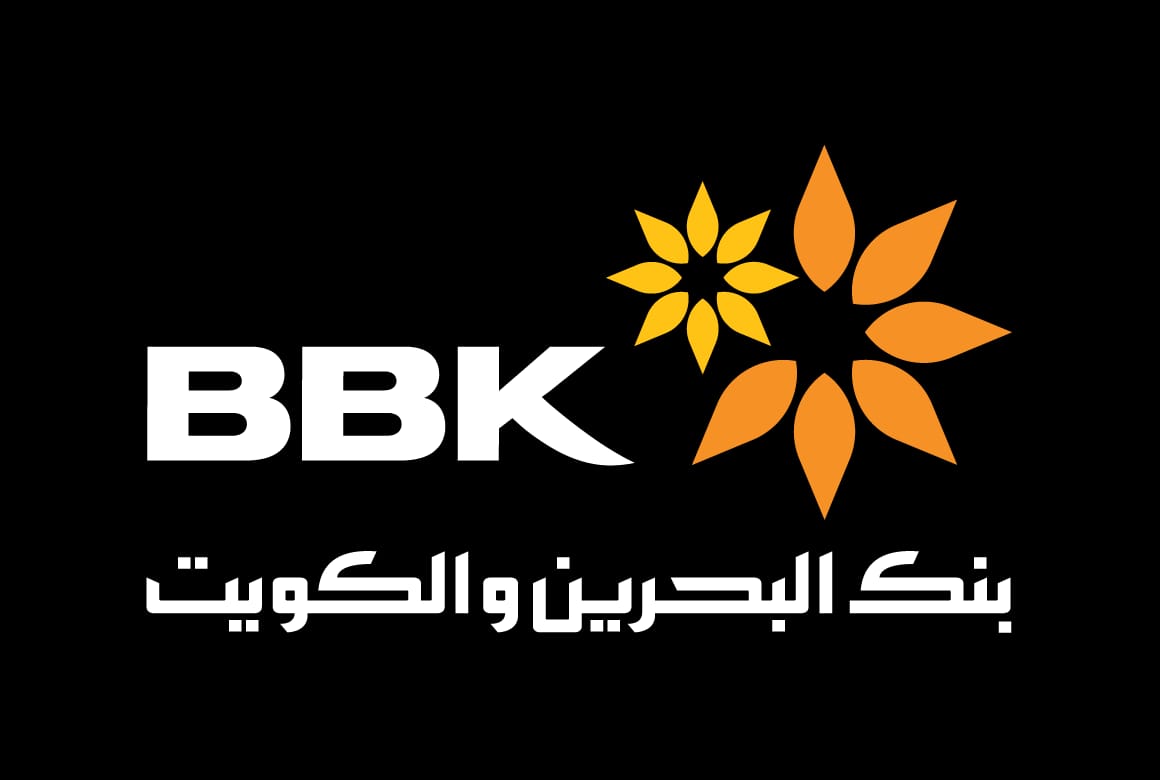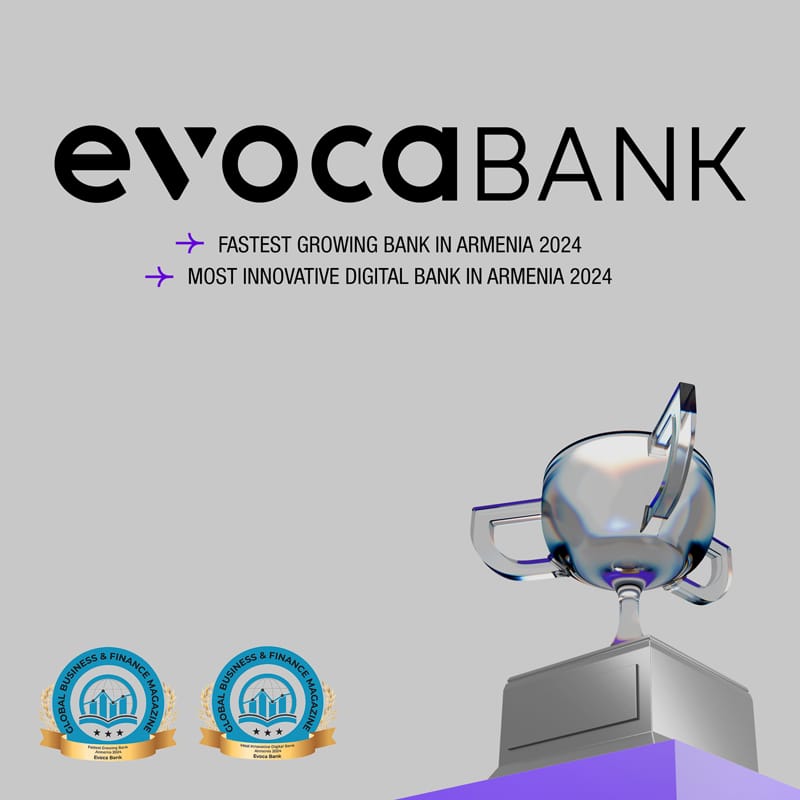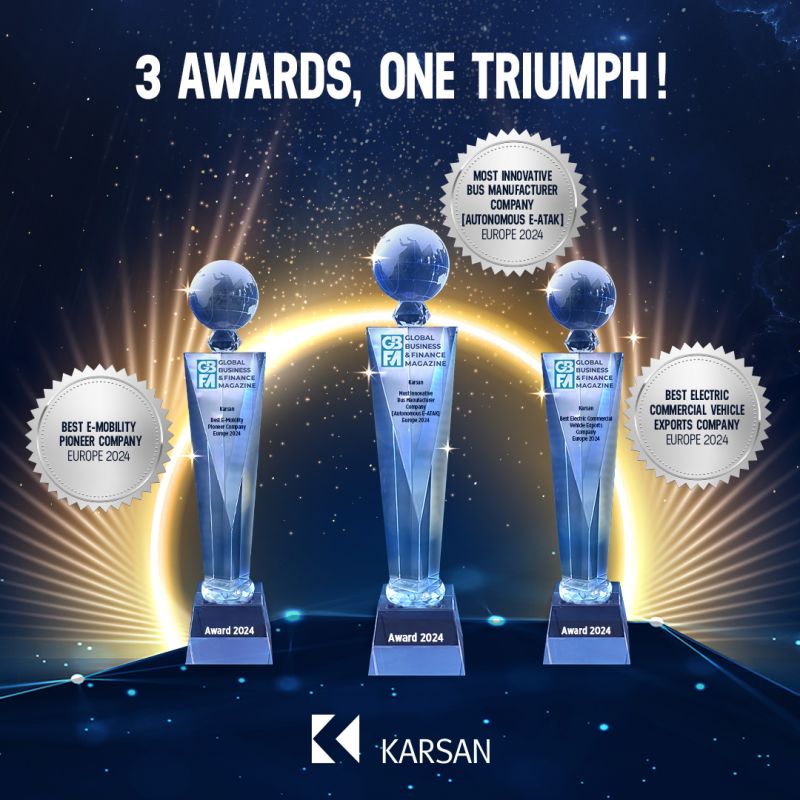For years, water programs have focused on building infrastructure—pipelines, tanks, and pumping stations. But we see that in Uttarakhand, a hilly state in northern India known for its stunning natural beauty and rich cultural heritage, a pivotal shift is underway. Rather than just building more, the state is laser-focused on delivering reliable, high-quality water service to its citizens. As one engineer from Uttarakhand proudly told us, “Success is no longer about commissioning schemes on time, but about delivering services as per the benchmarks regularly.” This transformation is showcased through the World Bank-supported Uttarakhand Water Supply Program for Peri-Urban Areas.
This blog examines the key changes that enabled this transformation through the “PIVOT” approach: Policies, Incentives, Value-based citizen engagement, Oversight, and Technical support crucial to the program’s success.
P- Policy: Creating an Enabling Environment
The first step in Uttarakhand’s transformation was setting a strong policy foundation. The state government created a dedicated policy to meet urban-level water standards in peri-urban areas and tackle longstanding challenges like unreliable supplies and poor planning.
So, what made this policy so effective? A few key ingredients stood out:
- Raising the bar: The policy mandated urban-level service standards even for peri-urban areas, setting a high benchmark for quality and reliability.
- Streamlining responsibility: Rather than having multiple agencies handle different aspects of a scheme, the policy assigned each scheme to a single agency responsible for both construction and operation. This reduced inefficiencies and improved accountability.
- Paying for what you use: By introducing a volumetric tariff, the policy encouraged households to use water wisely.
- Removing barriers to access: The policy provided free water connections to incentivize households to join the service, ensuring no one was left behind.
I- Incentives: Results-Based Financing and Performance-Based Contracts
One of the most innovative aspects of the program is its results-based financing model, supported by the World Bank’s Program-for-Results instrument. Unlike traditional programs where loan disbursements are made upon the completion of infrastructure, this program ties funding to the achievement of key performance indicators, such as:
- Water quality samples meeting national drinking water standards
- Hours of supply (at least 16 hours per day)
- Water pressure levels (12 meters of head)
- Efficiency improvements (reduction in water losses and energy consumption)
- Customer satisfaction
- Metering and cost recovery
The program also employs performance-based contracts to hold contractors accountable not only for building systems, but also for running them smoothly over time. A full 40% of operation and maintenance payments are tied to service delivery metrics. This ensures that contractor accountability and a vested interest in long-term sustainability.
V- Value-Based Citizen Engagement
The program has prioritized citizen engagement, by engaging a specialized organization to educate households on the benefits of the water services and promote responsible usage through volumetric tariff. The results in the covered schemes have been striking:
- 54% of consumers reported reductions in their water consumption and bills.
- 18% fewer households have defaulted on payments.
- 10% fewer households store water unnecessarily, reducing wastage.
The program also includes a grievance redress system, where 97% of complaints are resolved within 48 hours. This level of responsiveness ensures that households feel heard and supported, further strengthening the community’s trust in the water services.
O- Oversight: Monitoring and Evaluation Arrangements
A robust monitoring and evaluation system is at the core of the program’s success. The program uses a comprehensive management information system and real-time dashboards to track water service performance across all 22 schemes. An independent verification agency periodically verifies the Program’s results that are linked to loan disbursement.
The system tracks critical data points such as:
- Service levels: The program exceeded its targets by providing 16 hours of water supply at a pressure of 12 meters head, while meeting water quality standards.
- Water losses: Physical water losses have been significantly reduced by more than 10%.
- Energy efficiency: Energy intensity has been reduced by 4.5%, yielding annual savings of Rs. 22.5 crore (US$2.7 million) and a reduction in CO2 emissions equivalent to planting 4,500 trees.
This continuous oversight ensures that service providers remain accountable and that water services meet the program’s high standards.
T- Technical Support and Capacity Building
Recognizing the complexity of managing water supply systems, the program has focused on building the skills and expertise of its workforce. Through the Quality Infrastructure Investment Trust Fund, the program supported targeted training and capacity building. A key aspect has been training engineers to ensure they can maintain the service standards over the long term.
In parallel, the program has introduced modern technologies, including:
- Supervisory Control and Data Acquisition (SCADA) systems to enable real-time monitoring of the network.
- Leak detection equipment to help pinpoint hidden water losses.
- Preventive maintenance protocols to improve efficiency and avoid breakdowns
Looking Ahead: Continuing the Journey
Uttarakhand’s water transformation is a remarkable story, but the work is far from over. As demand for water grows, the state must continue to innovate and expand a model focusing on service delivery, efficiency, and customer satisfaction.
Ultimately, the program has laid a strong foundation, and there is still work to be done. We hope the lessons learned here can help inform similar initiatives in other regions, by focusing on what truly matters—delivering consistent, high-quality water services.
source :world bank blogs



